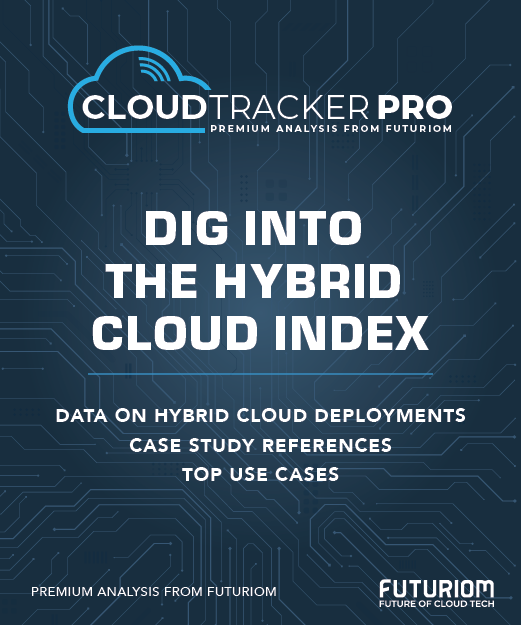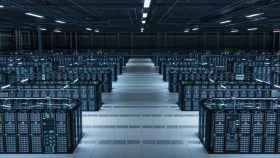NVIDIA Hedges Tariff Threat With US Manufacturing

NVIDIA is now manufacturing in the United States, both chips and entire AI supercomputers. It's a defensive move considering the company needs a hedge against the uncertainty around tariffs and international trade relations. It's also a way to stay in the Trump administration's good graces.
But this also fits NVIDIA's strategy on offense, especially the supercomputer part. NVIDIA-based supercomputers aren't a new concept, but the company is now describing entire facilities as being devoted to the massive machines. Think of it as moving up the stack; NVIDIA expects to be more active in selling the entire datacenter (the compute-storage-networking brains of it, anyway) as a product.
One Million Square Feet
NVIDIA's press release yesterday touted 1 million square feet of manufacturing space producing "up to half a trillion dollars" of AI infrastructure to be built in the US during the next four years. Some of that is already in action. NVIDIA said it has begun production of Blackwell chips at TSMC's fabs in Phoenix. TSMC had announced last fall that the first of its three fabs would begin 4nm production early this year; it's likely that that's the fab NVIDIA is using.
More dramatically, NVIDIA said it will build AI supercomputers in Houston and Dallas. Those manufacturing plants will ramp during the next 12 to 15 months, NVIDIA said. These supercomputers will be the guts of the AI factories -- dedicated AI datacenters -- that NVIDIA Jensen Huang has been so ebullient about.
All of this work still involves contract manufacturers; NVIDIA isn't going that far up the stack. On the chip front, Amkor and SPIL will be its partners for packaging and testing -- which is nontrivial, as these steps, like chip fabrication, tend to be outsourced to Asia. On the Texas front, NVIDIA is working with Foxconn in Houston and Wistron in Dallas.
A Tariff Hedge?
NVIDIA has momentum, including an encouraging earnings report and the recent victory lap of GTC, but investors are ready to pounce on any weakness, as we saw during the DeepSeek moment in January. The company can ill afford the overhang of will-they-won't-they tariff talk. NVIDIA's announcement came just a day after Trump officials overtly stated that more semiconductor tariffs are on the way (which came on the heels of the declaration that PCs and cellphones will get tariff exemptions). While Texas and Arizona are massive long-term commitments, they do give NVIDIA a hedge against whatever happens -- and yes, it helps the company stay in the Trump administration's good graces.
Along similar lines, NPR reported last week that NVIDIA CEO Jensen Huang attended a $1 million-a-head dinner at Mar-a-Lago, after which the Trump administration postponed further discussion of restrictions on exporting NVIDIA's H20 chips to China. Like most tech executives, Huang seems willing if not eager to play the political game. The NVIDIA press release cites "hundreds of thousands" of jobs to go along with the US manufacturing sites, a feather in the administration's cap.
More generally, NVIDIA is betting that the accelerating pace of AI infrastructure buildouts is not about to peak. Inferencing is nontrivial, Huang says. His vision involves inference performed by swarms of AI agents, requiring much more infrastructure than your ChatGPT-generated resume. It's why Huang expects buildouts of AI factories -- datacenters devoted entirely to AI -- to become a $1 trillion market, with every company operating an AI datacenter of some kind, whether owned or leased.
One interpretation of NVIDIA's manufacturing plan, then, is that the company wants a stronger role in supplying those AI factories. It already helps customers build entire NVIDIA-fueled datacenters -- the recently public CoreWeave comes to mind -- and it would be in character for NVIDIA to want to expand that business, supplying the brains of entire datacenters as a product to regular enterprises, not just hyperscalers and neoclouds.
Futuriom Take: NVIDIA's move is expensive and far-reaching, but it's also a pragmatic response to the current political environment. The prospect of entire facilities building AI supercomputers also sets up NVIDIA to scale the AI factory as an outright product.














